When I’m standing in front of the bright yellow painting of Sunflowers at the National Gallery, among a herd of other tourists jockeying for position in front of me with their obnoxious selfie-sticks swinging over my head and their camera flashes shooting off without any consideration, I’m honestly not even concerned about the frenzy. Instead, I can’t help but ponder the thoughts of optimism that went into the thousands of brush strokes that lay behind the protective glass barrier of this painting. Exactly 100 years before I was born, one of the greatest artists of all time was in a happy and hopeful state of mind as he was creating a bright masterpiece, and little did he know it would come just before a chain of events that would take him to his darkest, albeit most creative place, and ultimately bring about his own tragic demise.
Tip: Use WalletFlo for all your credit card needs. It’s free and will help you optimize your rewards and savings!
I’d been waiting for months to visit the National Gallery in London but it seemed like every time I tried to put it in my itinerary things happened that just kept me away. However, I finally made it to the Gallery last week and got to admire some of the best work from two of my favorite artists: Vincent Van Gogh and Rembrandt. Van Gogh was really the focus of my visit, however, and in particular the painting Sunflowers.
Sunflowers was the major painting I not only wanted to check out but had to. I’ve always found Van Gogh to be one of the most talented and inspiring artists of all time. To me, he’s that cliche creative mastermind who while artistically brilliant, struggles with dealing with his own depressive thoughts and destructive emotions. Why it’s always the most talented creative minds who seem to have to deal with these things the most, I’m not sure. I guess it just comes with the genius territory some times.
But within this somewhat cliched story is the story that starts with Sunflowers and later reveals the demise of one of the greatest artists of all time. The story is not only fascinating but also relatable and a bit inspiring to me.
Back in 1888 (exactly 100 years before I was born), Van Gogh moved to Arles, France, where he wanted to set up a community of artists with one famous artist, Paul Gauguin, as his mentor. It was a time of optimism and excitement for Van Gogh as he looked forward to breaking away from his loneliness, sharing his beautiful artwork, engaging with other artists, and learning a great deal from his anticipated mentor. I think of Van Gogh’s vision of this community sort of like those utopian-like thoughts we have sometimes about our futures working out in some ideal way that holds true happiness for us and where everything just works out perfectly. Of course those ideas virtually never work out the way we envision, but I think pretty much everyone can relate to having thoughts like that at some point in their lives.

The sunflowers had special significance for Van Gogh and overall he painted seven different versions of them. In Dutch culture, sunflowers symbolized devotion and loyalty. The various stages of decay of the sunflower also represented the cycles of life and death. In addition to these symbolic meanings, the color yellow also stood as an emblem for happiness and optimism to Van Gogh and thus he desired to produce sunflowers as a gift to his new mentor, Gauguin.

After Van Gogh moved to Arles, France things didn’t quite work out as planned. The community he hoped to put together never came into fruition and he instead found himself isolated and lonely, eventually falling into a depression. In May 1888, Van Gogh had rented his famous “yellow house” and though he was struggling mentally, he seemed to have channeled any negativity into positive energy that allowed him to produce artwork at a freakish pace. In fact during the late summer of 1888, Van Gogh reached a peak. During which time he wrote to his brother, “I’m painting with the gusto of a Marseillais eating bouillabaisse [Provençal fish stew], which won’t surprise you when it’s a question of painting large Sunflowers.”
He also painted some amazing works depicting the wheatfields at the time but during this furious surge of creativity, it was all about the sunflowers for Van Gogh. In August, in just the span of about a week, Van Gogh completed four different variations of Sunflowers. The different versions utilized different colors like blue-greens and different quantities of sunflowers in the composition.
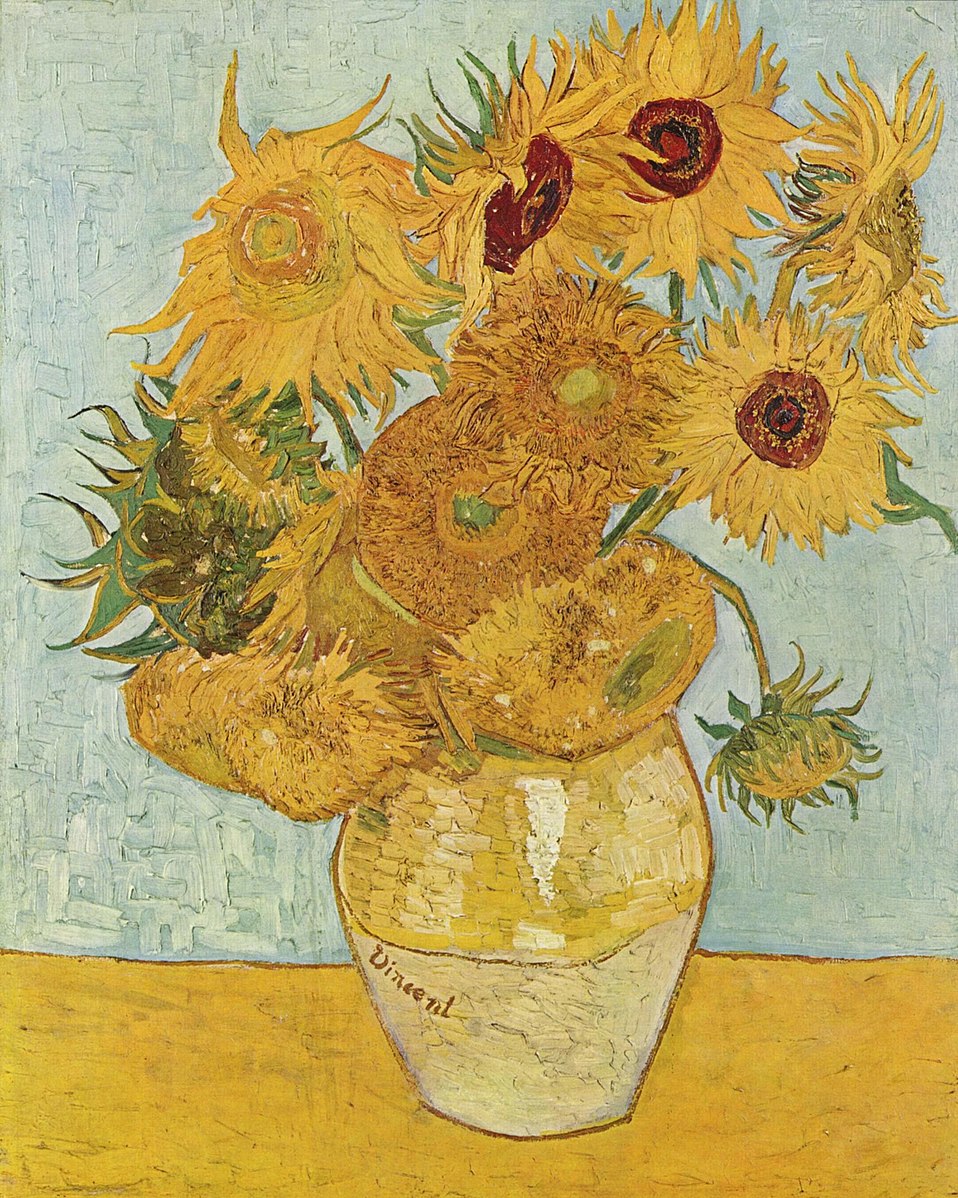
However, it was the final one that he painted, the one seen at the National Gallery, that is the most renown. It’s known for its bold yellow-on yellow-on yellow, which was highly criticized by many artists of the time for being, well… too yellow.

By the late summer of 1888, Van Gogh had maybe given up on the idea of hosting an entire artist community, but he still desperately wanted the company of Gauguin, and the sunflower paintings were largely motivated by the desire to get Gauguin to follow through with his highly anticipated visit. Finally, after producing these paintings at a ferocious rate his desired soon-to-be mentor, Gauguin finally arrived to this little house in the south of France, where the last two versions of Sunflowers were proudly displayed on his guest bedroom walls. While the genesis for the sunflower paintings was born from Gaugin, they eventually took a life of their own and became a symbol and signature of Van Gogh as he even at one time claimed “the sunflower is mine.”
Unfortunately, the relationship with Gaugin didn’t take off like Sunflowers ultimately would. Accounts are a bit mixed as to how these two came together artistically and personally. It’s clear that they worked together for a couple of months and Ganguin even painted a portrait of Van Gogh painting Sunflowers. However, their personal relationships with each other (which some speculate may have involved more than mere mentoring) seemed to conflict.
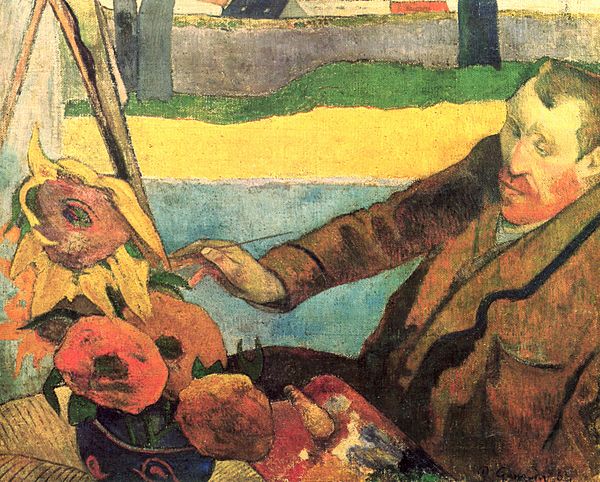
Whether it was a product of Gaugin not finding Van Gogh’s overall artistic vision very inspiring (as the National Gallery states) or other personality clashes and disagreements, the two artists had a vehement fall-out. The conflict drove Van Gogh into an even more unstable mental state and ultimately caused him to leave Arles, only a couple of months after the arrival of Gaugin. This departure made Gaugin think even less of Van Gogh and caused an irreparable rift between the two.
The rift culminated on 23 December of 1888 when Van Gogh confronted Gaugin with a razor-blade (some state it was the other way around) but eventually backed off. Instead of hurting Gaugin, Van Gogh famously mutilated himself by cutting his own ear off (though some think otherwise). Even more astonishing, he may have attempted to give his ear to a prostitute that night. The prostitute allegedly declined to accept the ear and reported Van Gogh to the police who later found Van Gogh and luckily were able to keep him from bleeding to death and tend to his emotional breakdown. Unfortunately, the demise of Van Gogh had already begun and it would only be a matter of time until he simply couldn’t hold on any longer.
Two months later in February of 1889 the people of Arles, France had Van Gogh locked up in an insane asylum for being a public menace. For months he was locked up without any books or any way of painting during which time he suffered great hallucinations. One could only imagine what an artist, which many argue is possibly the greatest of all time, felt without being allowed such a creative outlet for so long. Not only that, but who could imagine the type of hallucinations that would materialize in the mind of such a creative genius? Luckily, in May of 1889 he would eventually enter another mental asylum (voluntarily) where he would be allowed access to paints and a canvas and he finally was able to deal better with the hallucinations and manic depressive behavior.
Tip: Use WalletFlo for all your credit card needs. It’s free and will help you optimize your rewards and savings!
Not only did Van Gogh deal with these episodes but he also painted his most famous works ever during this period, including Starry Night and one of his most famous self-portraits (seen below). In fact, if you didn’t know, Starry Night was actually the view from his window in his room while staying in the asylum. According to the National Gallery in London, Van Gogh actually only sold one painting during this time and in fact during his entire life time [Fact also disputed.] The lack of success may have played a role in the depressive bouts that Van Gogh suffered but the more likely root of his symptoms was that he suffered from bipolar disorder (which obviously was not clinically recognized during his era). The down periods became too much for Van Gogh to overcome and despite being at the peak of his creative mind, he was often at his lowest point mentally. After only about a year after painting Starry Night, at age 37, Van Gogh shot himself and committed suicide.
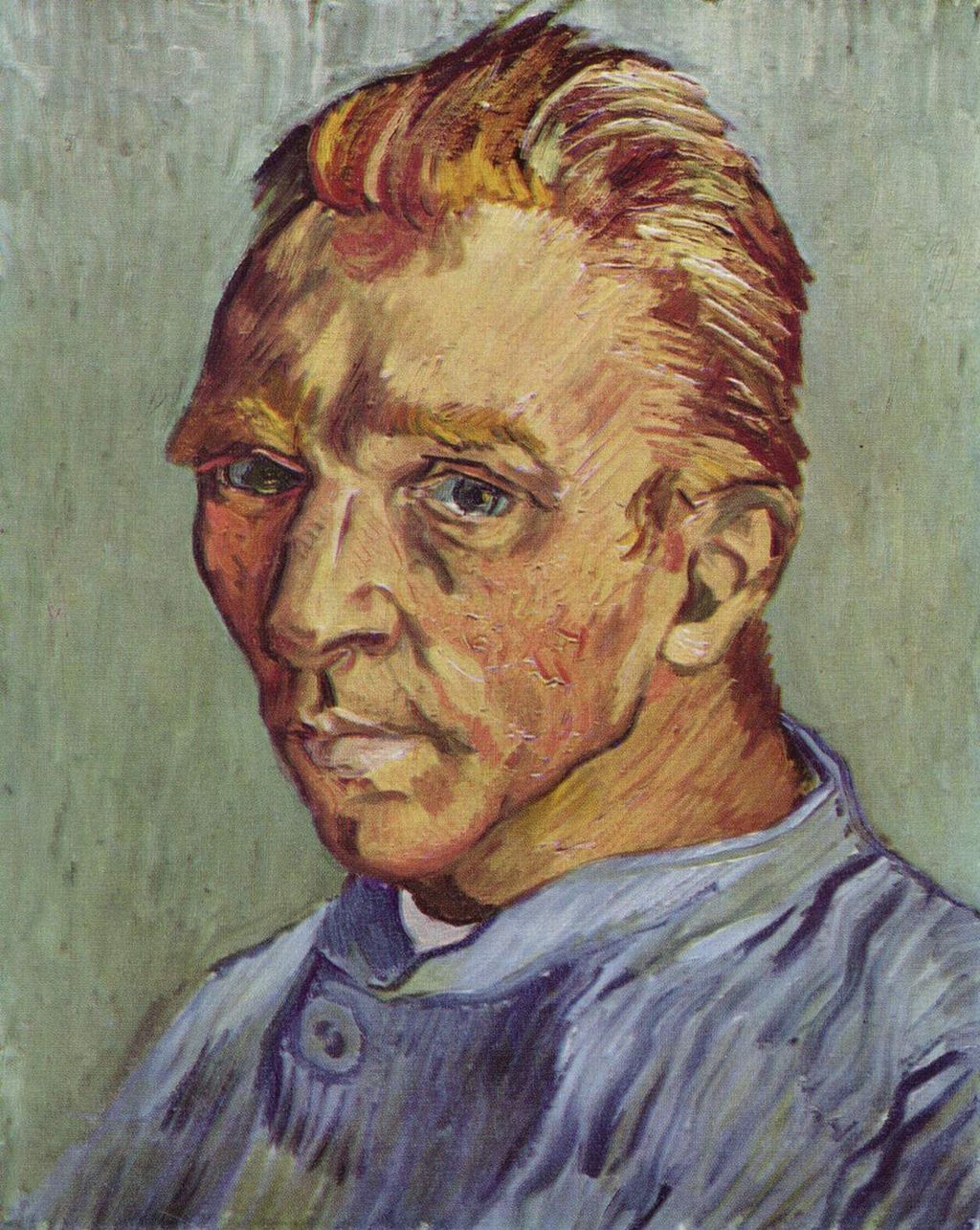
I’ve always thought it fascinating and of course tragic that some of the most creative minds of all time struggle with such deep mental issues at times. Even the ones we would least expect, like Robin Williams and plenty of other successful individuals, fall victim to mental illness and aren’t able to escape the darkness that comes along with battling depression and all of the manic episodes. One can only imagine what Van Gogh would’ve created if he had lived to old age.
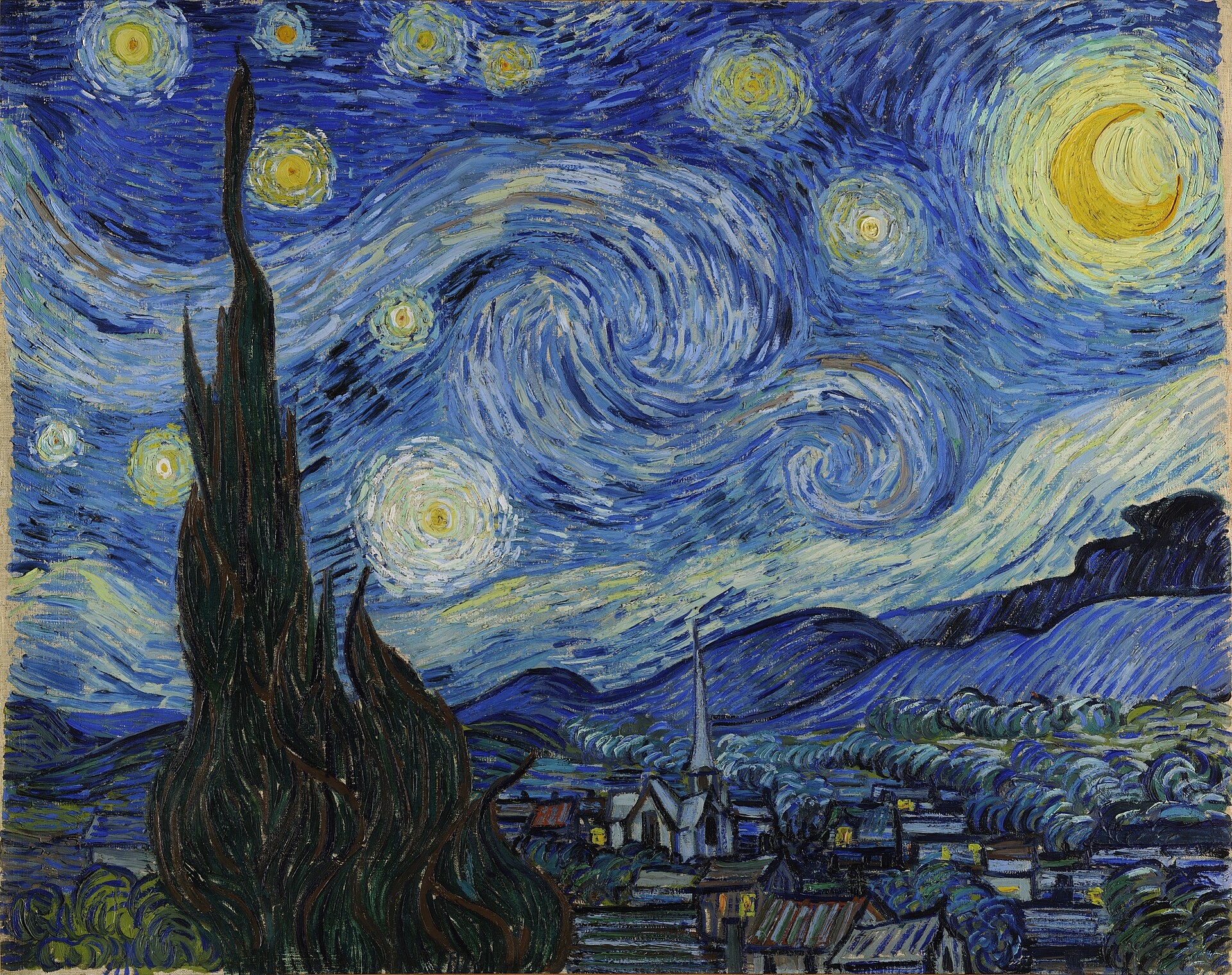
It’s a bit morbid thinking about the tragic end to Van Gogh’s life but it’s also very real. Just about every time I see a Van Gogh’s work, especially any of the Sunflowers, I think about the human life cycle and the different stages that we go through. The ups and the inevitable downs. The victories and the losses. And how this painting, while likely not representative of Van Gogh’s last moment of optimism, represents someone looking ahead and working to a bright future, despite the dark circumstances surrounding.
I also think about those I know affected by mental illness and how important it is to go out of my way to do whatever little or big actions possible to show them that there’s always hope in any situation. To me, Sunflowers does what art is supposed to do to you: move you. And even as I’m writing this today it’s reminding me that I’m not doing enough to move others and play my part to contribute just a little more to other members of society who may need a little bit of help. The person next to you may not be wielding a blade and cutting off their ear right in front of you, but you never know what they might be thinking, and what kinds of extraordinary things they may be capable of accomplishing so long as they don’t lose hope.
Daniel Gillaspia is the Founder of UponArriving.com and the credit card app, WalletFlo. He is a former attorney turned travel expert covering destinations along with TSA, airline, and hotel policies. Since 2014, his content has been featured in publications such as National Geographic, Smithsonian Magazine, and CNBC. Read my bio.

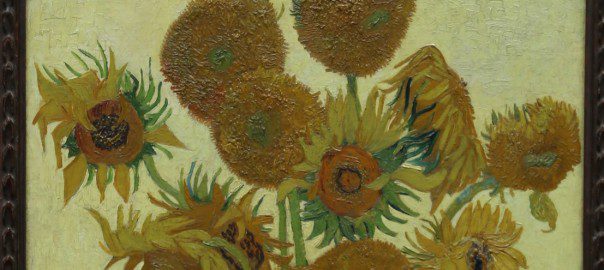
One comment
Comments are closed.